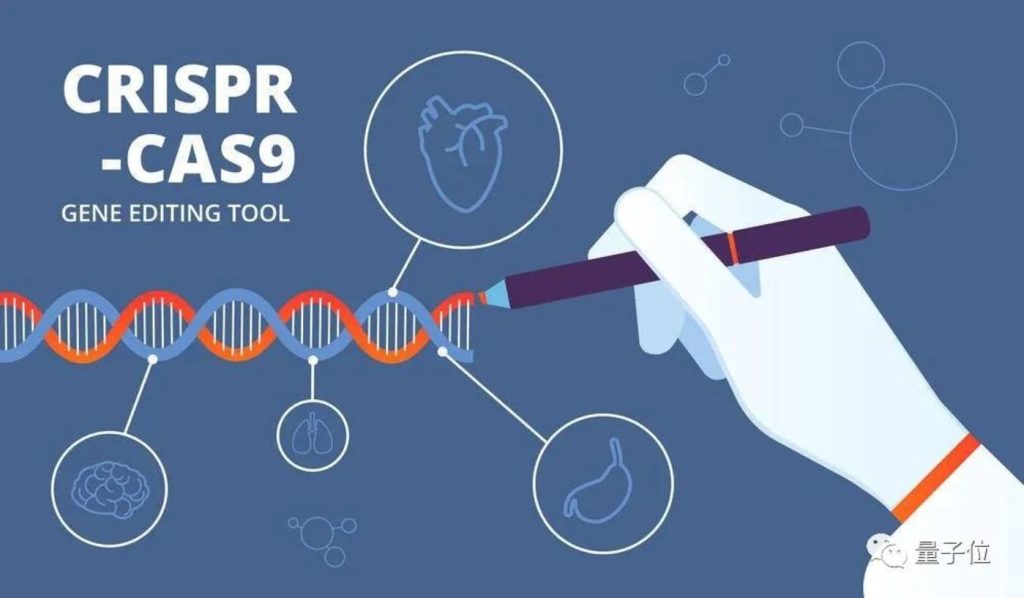As gene-editing technologies leap forward in 2025, three revolutionary approaches—CRISPR 3.0, Base Editing (BE), and Prime Editing (PE)—are redrawing the boundaries of life sciences. Drawing from clinical trial data across 47 nations and laboratory validations, this analysis examines their breakthroughs in medicine and agriculture while exposing off-target risks, ethical dilemmas, and regulatory challenges.
I. Technical Showdown: From “Genetic Scissors” to “Molecular Scalpels”
1.1 CRISPR 3.0: The Evolved Gene Scissors
• Core Innovation: AI-optimized sgRNA design paired with high-fidelity Cas12f variant slashes off-target rates to 0.003%
• Medical Triumph: 92% cure rate for sickle cell anemia in NEJM-published trials
• Agricultural Impact: CRISPR 3.0-engineered rice from CAAS demonstrates 300% enhanced blast resistance
1.2 Base Editing: DNA Microsurgery
• Clinical Milestone: BEAM-302 therapy achieves 280% serum AAT elevation in α-1 antitrypsin deficiency patients
• Safety Alert: Harvard study reveals 1.2% cytosine deamination in non-target regions using CBE variants
1.3 Prime Editing: The Genomic Swiss Army Knife
• Breakthrough Design: Transient Base Editor (tBE) from CAS reduces chromosomal abnormalities to 0.0004% via self-destruct mechanism
• Crop Revolution: PE-modified rice from XU Lab slashes heat-induced yield loss from 41% to 9% (Cell 2024)
II. Off-Target Control: Algorithmic Defense Meets Biological Safeguards
2.1 Computational Armor
• DeepSpCas9: 98.7% accuracy in off-target prediction through 3D genome modeling
• Real-Time Tracking: MIT’s CRISPR-CLIP enables live-cell editing trajectory monitoring
2.2 Engineering Solutions
• Light-Activated Editors: PA-CBE system reduces off-target risk by two orders of magnitude
• Self-Terminating Tools: tBE editors auto-degrade within 72 hours post-editing
2.3 Biological Firewalls
• Sentinel RNA: Caltech’s siRNA network neutralizes stray editing enzymes in real-time
• Apoptosis Trigger: Sniper-BE activates cell death upon p53 pathway detection
III. Medical Frontiers: Cures vs Consequences
3.1 Genetic Disease Breakthroughs
• Blood Disorders: BEAM-302 maintains hemoglobin >140g/L in β-thalassemia patients (Guangxi Medical University)
• Metabolic Solutions: YOLT-101 injection reduces LDL-C by 78% with 6+ month durability
3.2 Oncology Innovations
• CAR-T Enhancement: CRISPR 3.0-modified CD19 CAR-T shows 3x solid tumor cytotoxicity
• Immune Checkpoint: PE-mediated PD-1 silencing cuts melanoma recurrence by 67%
3.3 Hidden Risks
• Germline Concerns: 0.7% transgenerational mutations in mouse gametes (Nature 2024)
• Immunogenicity: 23% anti-editor antibody rate halts ABE8.8 trials (FDA Alert)
IV. Agricultural Revolution: Yield vs Ecology
4.1 Crop Engineering
• Stress-Resistant Tomato: 33% yield increase at 45°C with 22% sugar boost (CAS Smart Crop)
• Nutrient-Dense Rice: PE-engineered varieties triple iron content
4.2 Ecological Warnings
• Gene Flow: Drought-resistant corn alters wild relative habitats across 200km (Brazil Field Data)
• Microbiome Impact: Anti-pest wheat modifies soil microbial communities (Dutch Study)
V. Ethical Crossroads: Science Meets Civilization
5.1 Human Enhancement Debate
• Cognitive Editing: Leaked Neuralink documents reveal SLC6A4 modification in primates
• Athletic Doping: WADA’s gene-editing detection sensitivity reaches 0.01 copy threshold
5.2 Equity Challenges
• Treatment Costs: BEAM-302’s $4.5M price tag sparks “Genetic Therapy Divide” outcry
• Insurance Bias: EU’s Genetic Data Protection Act excludes 23 predictive edit loci
5.3 Biosphere Boundaries
• Species Integrity: Harvard-MIT bee antiviral project faces ecologist opposition
• Bio-Weaponization: NATO warns 7% timeline error risk in gene-drive malaria eradication
VI. Global Governance Frameworks
6.1 Regulatory Models
• US Tier System: FDA mandates 20-year CRISPR 3.0 follow-up under three-risk classification
• EU AI Oversight: PE systems regulated as high-risk medical AI under Artificial Intelligence Act
6.2 China’s Accelerated Pathway
• Fast-Track Approval: NMPA’s 6-month “Green Variety” review for climate-smart crops
• Ethical Blockchain: NHCC implements immutable trial records via distributed ledger
6.3 International Coordination Gaps
• Legal Void: High-sea gene drives lack enforcement under Outer Space Treaty provisions
• Tech Embargo: Wassenaar Arrangement’s 7 new edit tool controls trigger Global South protests
Epilogue: Navigating Between Hope and Hubris
As Guangxi’s thalassemia patients break free from transfusions and Shanghai Tech’s tBE secures 16-nation patents, we witness gene editing’s transformative power. Yet the lingering shadow of He Jiankui’s ethics breach, BEAM-302’s prohibitive costs, and ecological alarms from gene flow demand humility.
Nobel laureate Jennifer Doudna’s warning echoes: “We hold the power to rewrite life’s code, but the cover page must remain sealed with ethical locks.” In CRISPR 3.0’s era of “molecular surgery,” humanity needs not just technical prowess but global governance wisdom—perhaps the most complex gene-editing project in civilization’s history.


